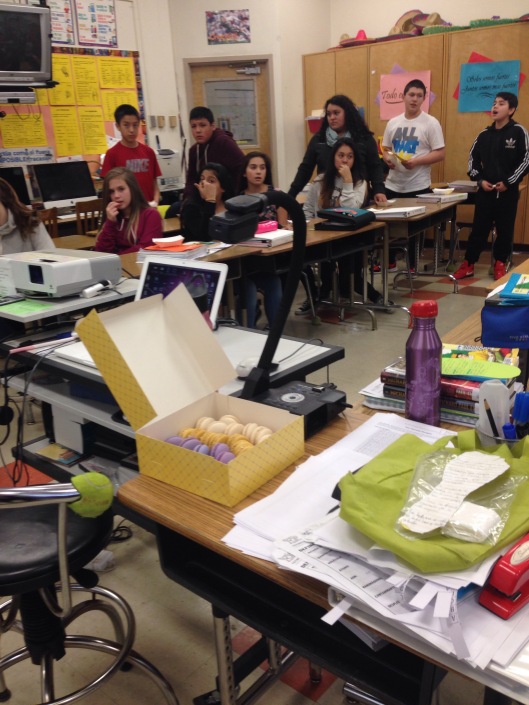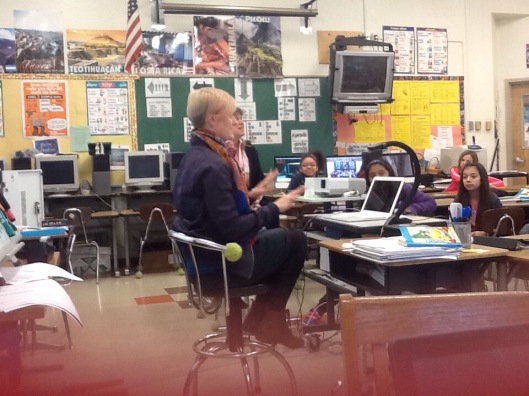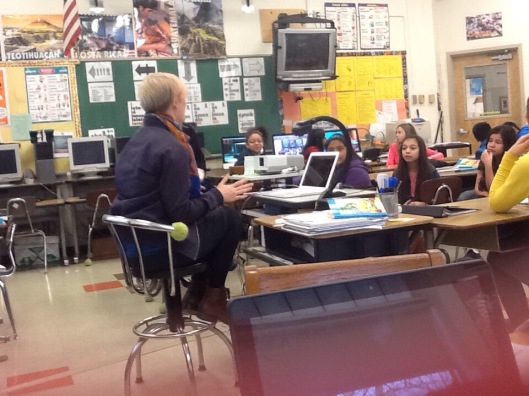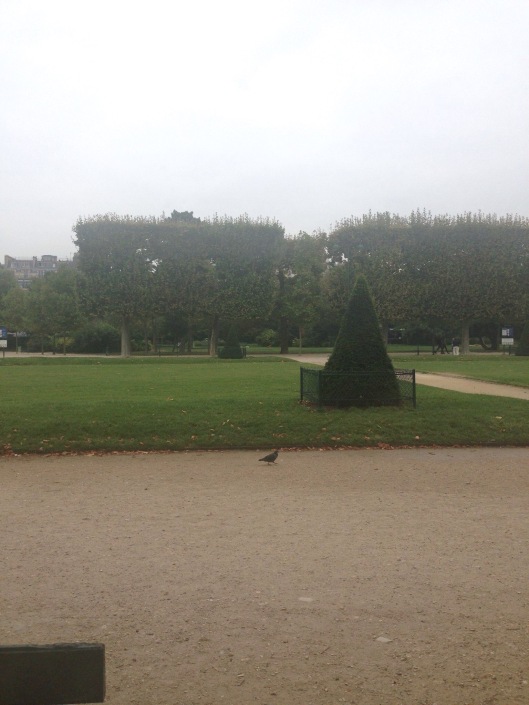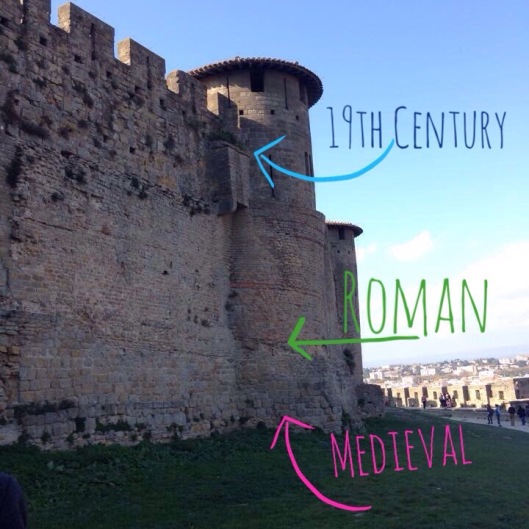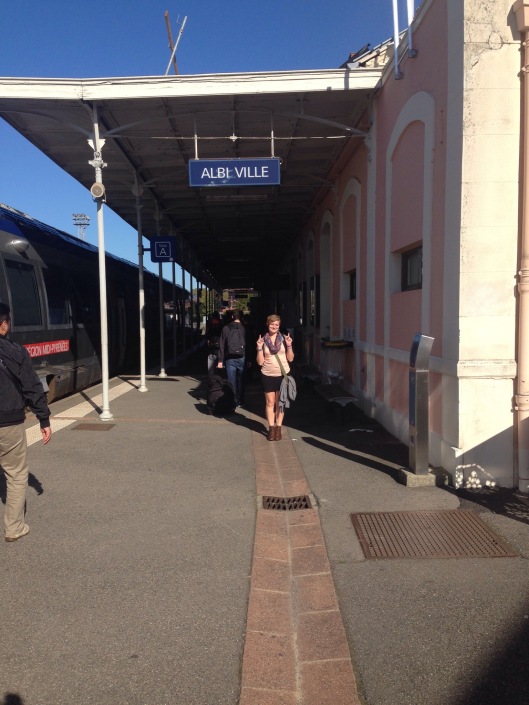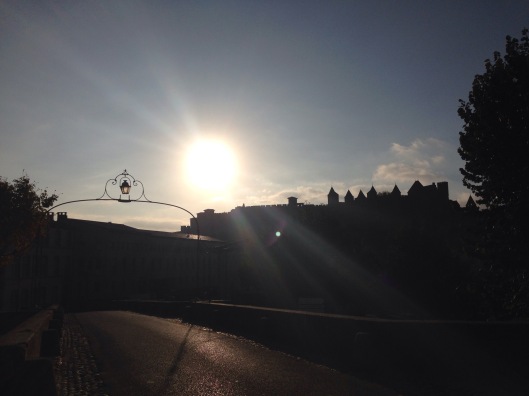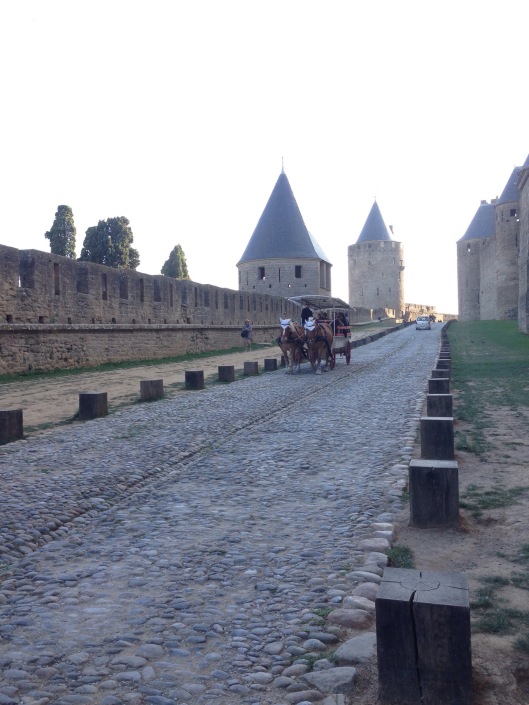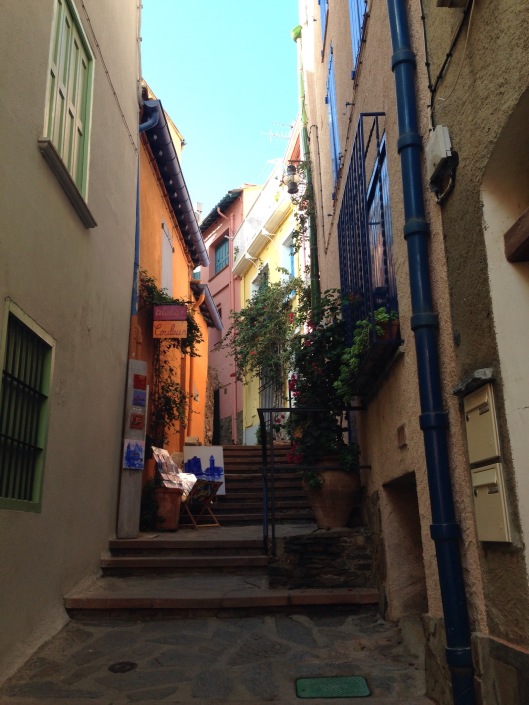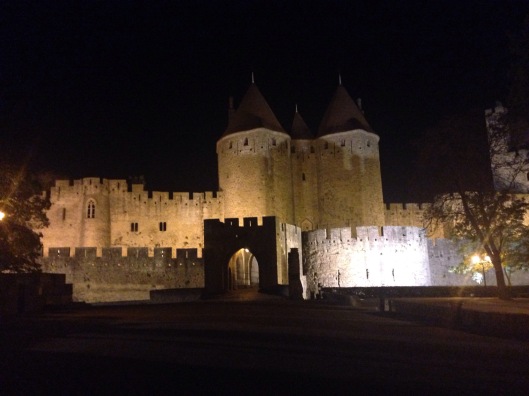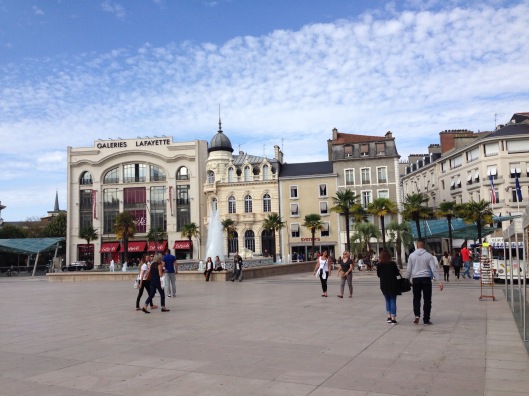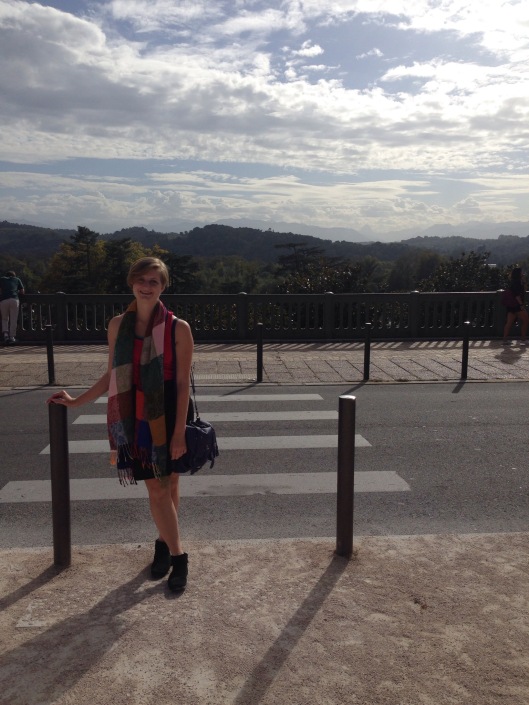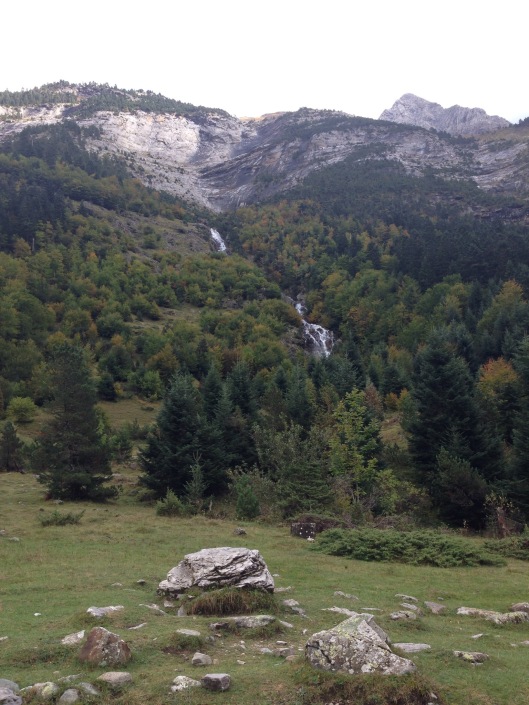Bonjour Mes Amis!
Well this is my last post for you guys and the next time you’ll hear from me it will be in person! I’m excited to bring you guys French treats!
For this last post I searched high and low for a french middle school student. I found one and we had a lovely conversation about school and being a teenager in France. Before I give you the transcript of the interview, I’m going to tell you all a little bit about the French school system because it is very different from the American school system.
Children start school at age 4. In France “elementary school” is called Ecole Maternelle until age 6 and then they go to Elementaire Ecole from ages six to eleven. There are five levels in Elementaire Ecole: “Cours Preparatoire”, “Cours Elementaire 1”, “Cours Elementaire 2”, “Cours Moyen 1”, and “Cours Moyen 2”. After Cours Moyen 2 the French move up to what we Americans would call “Middle School” or “Junior High”. In France it’s called “College.”
College starts at age 11. There are four levels in College: “Sixieme”, “Cinquieme”, “Quatrieme”, and “Troisieme”. At the end of College, at age 15, students take the “Brevet” exam and then they go on to “high school” which they call “Lycee”.
There are four options for Lycee. The French students can choose the professional path where they go to a technical high school to learn things like science and math, they can go to the humanities sections for french, english, history or other. They can go to a general lycee, or technology like a trade school. After Lycee students take a giant test and then depending on which school you decided to go to you either go on to University or get a job.
Since most of my French friends here are University students, I mostly know about the “Lycee Pro”, which is the humanities high school path. By the end of College (middle school) most of them already had decided what they wanted to do for Lycee (High school) and therefore what they wanted to do for a job in the future. To me this sounds terrifying. I’m graduating in June from University and I still don’t know what I want to do!
But, back to College and my interview with a student.
I interviewed one of my professor’s niece’s with the help of my professor’s daughter (who is in Lycee already). Her name is Lou, she’s 14, and she’s in the last year of College, troisieme. Lou was very nice and spoke english well although we still had trouble sometimes and it was helpful to have another French student to help me when I couldn’t understand or convey what I wanted to ask.
Now, on to the interview:
Question: What are your courses like in school? What classes do you take?
Lou: My courses are good. I take math, french, english, Italian, history which is also geography, physics which is also chemistry, science and life of the land, technology, drawing art, sports, and music.
Question: That is so many classes! Is it usual to take that many? Do you have a lot of homework?
Lou: Yes. I have a lot of homework in music and art.
Question: But not the rest?
Lou: Not really. We do a lot of work in the class and I have to study but not homework.
Question: How do you like your professors?
Lou: This year I appreciate my professors because they are attentive to the questions I ask and they are agreeable.
Question: Have you had professors you didn’t like in the past?
Lou: Yes.
Question: Are you looking forward to going to Lycee? Do you know what you want to do yet?
Lou: Maybe. I’m nervous and maybe I won’t be able to be with my friends anymore in class.
Question: What about in your free time? What things do you like to do?
Lou: I like to go out with my friends. I watch a lot of movies too. I also like to draw.
Question: Do you watch a lot of American movies? Like The Hunger Games?
Lou: Yes. I like The Hunger Games. Harry Potter too.
Question: Do you watch the movies in English with French subtitles or dubbed in French?
Lou: In French. It’s too hard to read and watch together. But I hope to get better with english and watch the movies in english. I think they’re better that way.
Question: What do you know about school in America?
Lou: Not a lot. From the movies and tv shows it looks fun.
Question: But you only know what you’ve seen in films and tv?
Lou: Yes. They don’t do a lot of work in the films and tv shows. There’s a lot of time to spend with friends.
That was the end of our conversation. What do you guys think? Does the French school system sound like hard work or easier than American Middle schools? Do you think what Lou has learned from American TV shows and Movies is an accurate depiction of your experience in Middle school?


